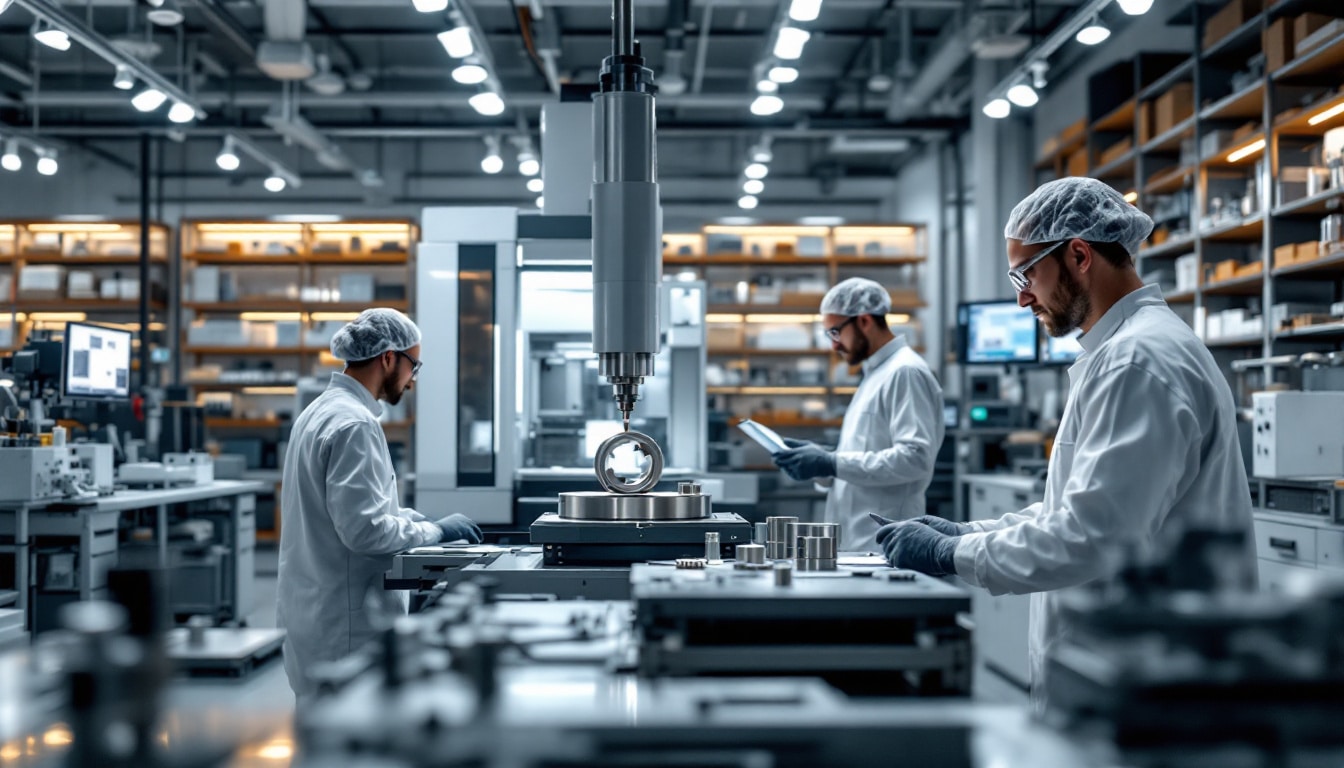The rise of Artificial Intelligence in the healthcare sector evokes both admiration and skepticism. While technological innovations promise to improve diagnostics and treatments, vigilance is required to avoid confusing real advancements with deceptive illusions. Five opinion leaders delve into this crucial theme, offering an informed perspective on how to distinguish the wheat from the chaff in a constantly evolving field. Their analysis focuses on the practical applications of AI and the challenges that arise, shedding light on ethical issues and data quality concerns.

Distinguishing the wheat from the chaff: the state of AI in the healthcare sector
Research on medical innovations is gaining significant momentum with the emergence of artificial intelligence (AI), which offers promising solutions in the diagnosis and treatment of diseases. However, it is crucial to distinguish the wheat from the chaff among the many proposals on the market. Five leaders in the healthcare sector share their thoughts on how to separate the truly beneficial technologies from those lacking scientific grounding. Their analysis is based on a methodical assessment of the performance and associated risks of AI.
The challenges of implementing AI
One of the main challenges faced by healthcare actors in integrating AI lies in the quality of the data used. Leaders agree that the ability to compile and analyze reliable data is essential for ensuring valid outcomes. The effectiveness of AI systems relies on learning from clear and relevant data. The stakes in terms of public health are significant, as hasty decisions based on inaccurate analyses can endanger patient safety. Leaders also emphasize the importance of collaboration between radiologists and physicians for optimal use of AI technologies.
The importance of continuous evaluation
Experts stress the necessity of a continuous evaluation of AI technologies. This allows for the validation of their impact on medical practices. Tools must be regularly tested to ensure their performance and reproducibility in varied clinical environments. The creation of standards and clear protocols thus proves indispensable. Ultimately, deep reflection is necessary to objectively evaluate AI tools and help bring forth solutions that will make a difference for patients and healthcare professionals.
#IA Santé : Une nouvelle #biotech BioTwin propose de détecter des maladies comme le cancer avant qu’il ne soit trop tard,
— fabienne billat (@fadouce) August 11, 2021
grâce à une technologie alimentée par l’intelligence artificielle, reproduisant votre jumeau numérique. #Québec
Via @mallys_ https://t.co/QzZVs7fIky
In an era where artificial intelligence (AI) occupies a prominent place in the healthcare sector, it is essential to distinguish the wheat from the chaff to ensure relevant outcomes. The statements of five opinion leaders illuminate the current state of AI, emphasizing the need for a rigorous and thoughtful approach. These experts point out that while AI may offer revolutionary possibilities, it is not without inherent risks and challenges.
The analyses conducted show that some AI systems are not only effective but also capable of improving the accuracy of diagnoses and personalizing treatments. However, the fear of algorithmic bias and poor-quality data remains, raising crucial questions about the fairness and accessibility of care. Leaders stress the importance of close collaboration between clinicians, researchers, and technologists to ensure the seamless integration of AI into medical practices.
Another point raised concerns the transparency and explainability of AI tools. Healthcare professionals must be able to understand how algorithms work to ensure informed decisions. The emphasis is on the fact that AI should serve as a complement to human expertise rather than a replacement, to enhance efficiency and reduce the risk of errors.
In summary, these leaders share a common vision: the necessity of a cautious and evidence-based approach to implementing AI in the healthcare field. Distinguishing the wheat from the chaff thus appears crucial for navigating this technological revolution, ensuring that innovations benefit all patients.














